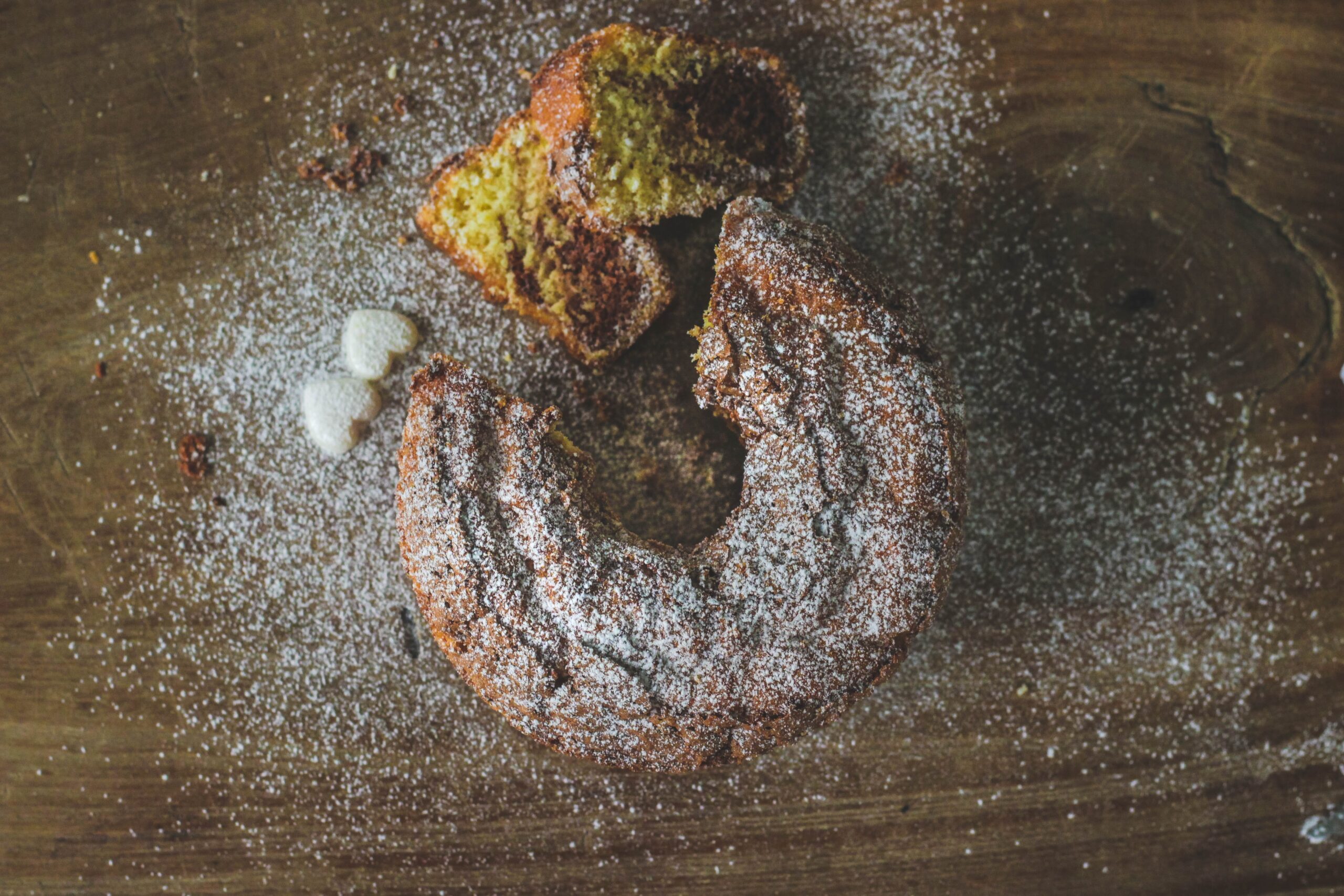Gluten-free.
It’s a term that’s now commonplace in our daily conversations and a staple for everyday folks who are seeking out healthier diets that are easier on the gut, help clear up persisting skin problems, or clear up the occasional “brain fog.” Yes, going gluten-free has been found to alleviate all these symptoms and more!
But many of us pursuing a gluten-free diet often make the mistake of conflating it with a wheat-free diet. After all, wheat contains gluten, so going wheat-free will naturally make you gluten-free, right?
Many people are surprised to find that, while going gluten-free certainly means going wheat-free, going wheat-free does not mean you’re going gluten-free. Especially if you’re pursuing an alternative diet for medical reasons, it’s important to understand the difference between these two popular, but distinct, diets.
What Does Gluten-Free Mean and Who is it For?
Gluten is what we call the collection of proteins wheat, rye, barley, and triticale. You know how freshly baked bread is sticky and stretchy when you pull it apart and has a chewy consistency when you bite into it? Well, gluten is what’s making all that happen.
“Gluten-free,” obviously enough, means that your diet contains no gluten at all. But, as you might have noticed from its definition, gluten isn’t just found in wheat so getting rid of just this one type of grain won’t get you very far.
The tricky part comes in figuring out what exactly contains gluten and what doesn’t, given that gluten is not only found in grains but many processed foods, sauces, condiments, drinks, and even certain skincare products. Even naturally gluten-free products such as oats become contaminated with gluten when they’re processed; so, unless it’s specified to be gluten-free, oat products can be assumed to contain a good bit of gluten.
Here are other gluten-filled products you might not be aware of:
- Beers and some types of wine.
- Anything containing caramel coloring, including apple juice, candy, sodas, granola bars, and creamers.
- Many condiments including ketchup, mayo, soy sauce, and chipotle.
- Restaurant foods, including eggs and soups, which are often “fluffed up” for the aesthetic or thickened using glutinous products.
- Certain sweeteners that use malt syrup or some types of brown rice syrup.
- Meat substitutes made with seitan including veggie burgers and some vegan cheeses.
- Processed meats such as sausage, bologna, and other deli meats.
A gluten-free diet can be followed by anyone (a few benefits have already been mentioned!) but is vital for those with celiac disease, which is not a food allergy or intolerance but an autoimmune disease that causes your immune system to attack your body’s tissue when you consume gluten. As such, this illness demands the affected person to completely avoid gluten, not just wheat.
Even if you aren’t necessarily diagnosed with celiac disease, you can still suffer gastrointestinal discomfort and other unwanted symptoms as a result of a non-celiac gluten sensitivity or gluten intolerance and, thus, should avoid glutinous foods.
What Does Wheat-Free Mean and Who is it For?
“Wheat-free” means consuming a diet that eliminates products that contain wheat. It is not synonymous with going gluten-free since products that don’t contain wheat can still contain a load of other ingredients. Plus, remember that wheat-free grains, such as spelt, millet, rye, oats, and barley, all contain gluten!
Like a gluten-free diet, anyone can follow a wheat-free diet, especially if they experience bloating, bowel irregularity and discomfort, or skin conditions. However, it’s specifically meant for those with wheat allergy, which is a true food allergy that causes your immune system to produce antibodies against certain types of food proteins. If someone with a wheat allergy were to consume a wheat product, they’ll experience mild to serve allergic reactions, potentially including anaphylaxis. People can also suffer from wheat sensitivity and intolerance.
Now, some folks with wheat allergies have no problem enjoying and digesting gluten-containing grains other than wheat. It’s that specific ingredient that’s harmful, not gluten in general. With that being said, wheat, despite being a food staple, isn’t necessarily great for you, given that it raises your blood sugar, strains your gut, and often contains pesticides that may have damaging effects in the long run.
The Double Whammy: Wheat Free Vs Gluten Free
We’ve learned thus far that, if you’re going wheat-free, you’re likely to still run into gluten in some way, in some form, if you’re not paying attention. But, if you’re going gluten-free, you’ll naturally go wheat-free since you’re avoiding most grains. So, if you’re looking to go both wheat- and gluten-free, it’s not as hardcore as you think! You’d simply be gluten-free and, in many cases, better for it.
Fortunately, gluten-free bread is not only delicious but made with safe and healthy ingredients like gluten-free grains, such as brown rice, buckwheat, and nut flours, and natural sweeteners, such as raw honey and pure maple syrup. And Outrageous Baking specializes in making them!
For over 14 years, we’ve been cooking up a variety of gluten-free and dairy-free sweet breads and other baked goods that can safely be enjoyed by those with food allergies and shared with anyone else. Of course, that means no wheat!
Visit us today to explore our recipes and to have freshly baked gluten-free goodness delivered to your footstep!


